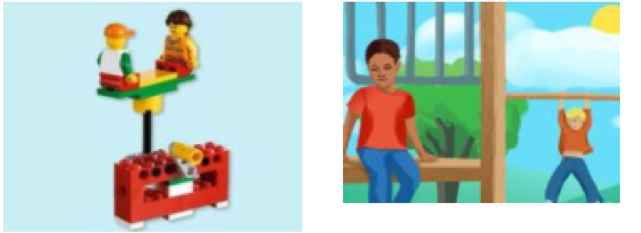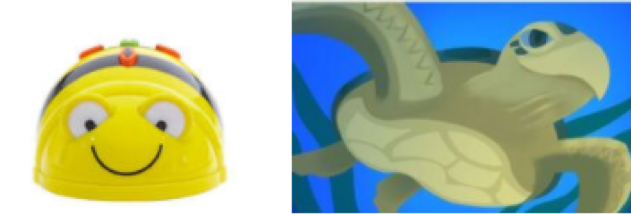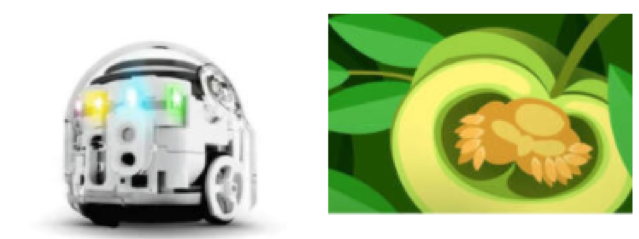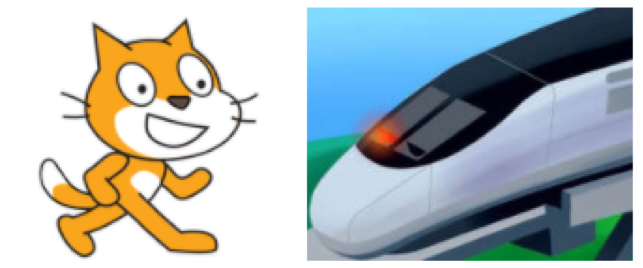
K-4 Computational Thinking Units
Add Computer Science and Literacy into Science Class!
KIPP 2025 Goal: All K-4 students complete a minimum of 25-30 hours of design, computer science, and engineering (DCE) instruction each year.
Studies have shown that incorporating computational thinking into core K-4 instruction can boost literacy and student engagement. Through a grant with Robinhood Tech Fund, KIPP NYC and KIPP Foundation are partnering to create "unit extensions" to the core Amplify curriculum that build computational thinking, science, and literacy skills simultaneously! These units will be developed and tested during the 2019-2020 school year and will be ready to refine and scale in 2020 and beyond! Our hope is that these mini units provide students ample hands-on and screen based exposure to CS to strengthen student's computational thinking skills, foster a deeper lover for STE, and further improve student reading and writing.
Big Goals for K-4 Computational Thinking:
Increase passion, skills, and mindsets for STEM to increase participation in STEM-related college majors and careers: Teachers and students will develop positive attitudes towards computer science as they shift from technology consumers to creators. These units will allow full coverage of CSTA computer science standards starting at a young age for ALL STUDENTS (not just those who self-select through participation in after-school opportunities). All students will be able to build the “maker-mindset” and passion necessary to pursue and persist in STEM disciplines.
Increase nonfiction reading and writing fluency to increase participation and pass rate in rigorous high school (HS) science courses such as AP Chemistry, AP Calculus, Physics, and AP Computer Science: Increasing participation and student success in rigorous HS science courses requires students to develop skills in decoding and breaking down rigorous texts and data sets, and in communicating complex processes through writing. By integrating CT and DS into our science and social studies curricula, students will hone these abilities, thereby developing the nonfiction literacy skills needed to succeed in upper-level STEM courses and careers.
See master materials list here. To save costs, share Beebots between K-1 grade, utilize Lego Kits from FIRST Lego League Jr teams, and utilize Donors Choose for all other big purchases (Ozobot, Lego Kits, Snap Circuits, etc).
Kindergarten:
Beebot Introduction
Needs of Plants and Animals Extension with Beebots
Written by Sean Tamarisk, KIPP Massachusetts
Keeping Cool on the Play Ground
Sunlight and Weather Extension with Lego Simple Machines
In development
1st Grade:
Advanced Beebots
Animal and Plant Defenses Extension with Beebots
Written by Emily McGrath, KIPP New Orleans
Sai's Animated Sun Story
Spinning Earth Extension with Scratch Jr.
In development
2nd Grade:
Seed Stories: Decomposing Dispersal
Plant and Animal Relationships Extension with Ozobots
Written by Hilah Barbot, KIPP Foundation
Changing Landforms Video Game
Changing Landforms Extension with Scratch Jr.
In development
3rd Grade:
Space Junk Clean Up!
Balancing Forces Extension with Scratch and SnapCircuits
Written by Hilah Barbot, KIPP Foundation
Programming for Prevention!
Weather and Climate Extension with Lego WeDo
In development
4th Grade:
Build and Power Your Own Ergstown!
Energy Conversions Extension with Chibitronics
Written by Sean Tamarisk, KIPP Massachusetts
Microbit Animal Models
Waves, Energy, and Information with Microbit
Written by Hilah Barbot, KIPP Foundation













